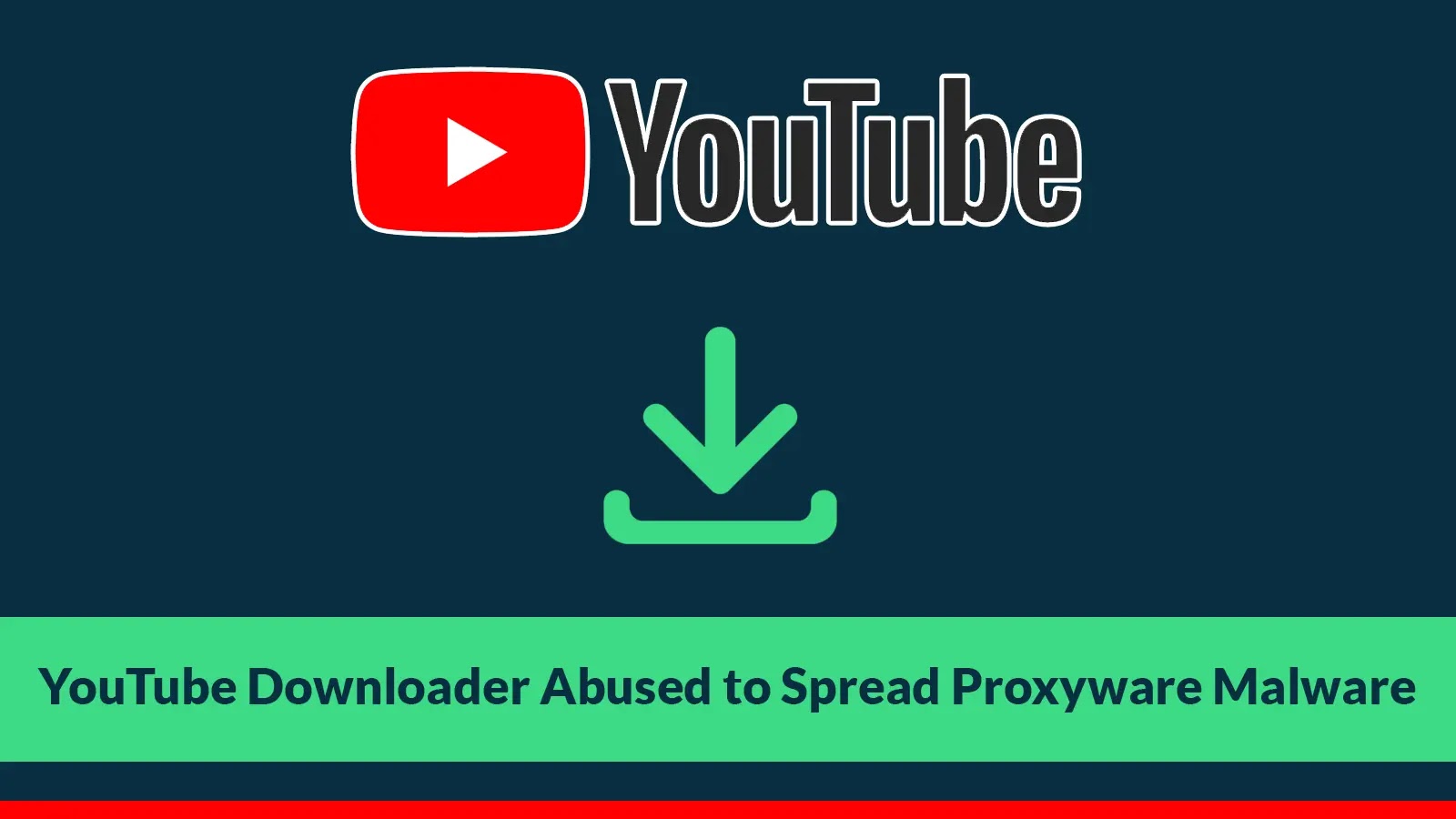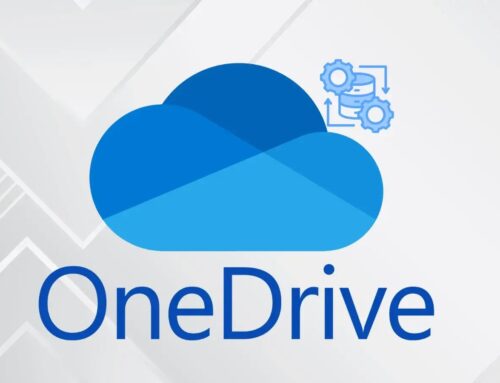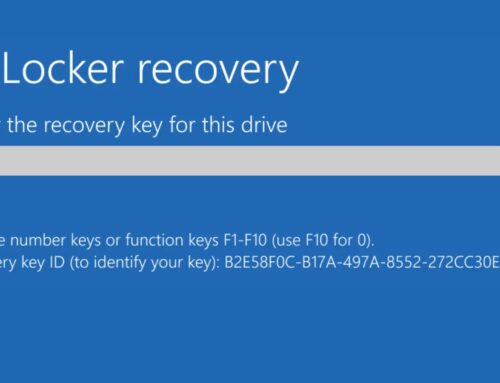
Threat Actors Weaponizing YouTube Video Download Site to Download Proxyware Malware
The digital landscape is a constant battleground, and threat actors continually refine their tactics to exploit user behavior. A recent security analysis reveals a concerning evolution in bandwidth theft attacks: cybercriminals are now weaponizing seemingly innocuous YouTube video download sites to distribute sophisticated proxyware malware. For cybersecurity professionals, understanding this new vector is critical, as it signifies a significant escalation in how threat actors monetize stolen resources, directly impacting organizational networks and user devices.
The Evolution of Proxyjacking Campaigns
Proxyjacking, the unauthorized use of a victim’s internet bandwidth and computational resources to route malicious traffic, has long been a lucrative venture for cybercriminals. Traditionally, these campaigns might involve compromised websites or deceptive software downloads. However, the latest campaigns demonstrate a calculated shift towards exploiting legitimate user intent. By masquerading as free YouTube video conversion services, threat actors are leveraging the high demand for such tools to ensnare unsuspecting users.
This tactic is particularly insidious because it preys on user trust in seemingly benign online utilities. Users seeking to download or convert YouTube videos are often less security-conscious in these specific contexts, making them prime targets for malware delivery. The delivered malware, identified as proxyware, turns the victim’s device into a node in a malicious proxy network, siphoning off bandwidth for illicit activities without the user’s knowledge.
How the Attack Works: A Disguised Delivery Mechanism
The core of this attack lies in its sophisticated social engineering and delivery mechanism:
- Lure: Threat actors create convincing fake YouTube video download and conversion websites. These sites often mimic legitimate platforms, complete with user-friendly interfaces and promises of free, fast conversions.
- Malware Delivery: When a user attempts to download a video or initiate a conversion, they are prompted to download a “converter,” “downloader,” or “codec pack.” This download is, in reality, the proxyware malware, often bundled with seemingly legitimate software to evade basic detection.
- Proxyware Installation: Upon execution, the proxyware silently installs itself on the user’s system. It then establishes connections to command-and-control (C2) servers, allowing the threat actors to route traffic through the victim’s internet connection.
- Resource Monetization: The stolen bandwidth is then rented out to other cybercriminals for various illicit purposes, including credential stuffing, ad fraud, anonymized browsing for illegal activities, or even distributed denial-of-service (DDoS) attacks. This direct monetization model makes these campaigns highly profitable for the attackers.
The Impact of Proxyware on Users and Networks
The consequences of a successful proxyware infection extend beyond the direct financial gain for threat actors:
- Degraded Network Performance: Users will experience significantly slower internet speeds due to their bandwidth being consumed by malicious traffic.
- Increased Data Usage: For users with capped data plans, this unauthorized usage can lead to unexpected and costly overage charges.
- Enterprise Network Strain: When corporate devices are infected, the proxyware can place a considerable strain on organizational network infrastructure, impacting productivity and increasing operational costs.
- Reputational Risk: If an infected device’s IP address is used for illegal activities, it can be blacklisted, potentially affecting other legitimate users on the same network.
- Privacy Concerns: While direct data theft isn’t the primary goal, the compromised device becomes part of a malicious network, raising concerns about potential collateral exposure or further exploitation.
Remediation Actions and Protective Measures
Mitigating the risk of proxyware infection from these deceptive sites requires a multi-layered approach involving technical controls and user education. Cybersecurity professionals should consider the following remediation actions:
- Educate End-Users: Conduct regular security awareness training emphasizing the dangers of downloading software from unverified sources. Advise users to only use reputable, well-known platforms for video downloads and conversions. Emphasize checking URLs for legitimacy and looking for HTTPS connections.
- Implement Robust Endpoint Detection and Response (EDR): EDR solutions can detect suspicious network activity, unusual process behavior, and file modifications indicative of proxyware installation, even if standard antivirus misses the initial download.
- Deploy Network Monitoring Tools: Continuously monitor network traffic for anomalous bandwidth consumption from individual endpoints. Look for connections to known malicious IP addresses or unusual outbound connections.
- Leverage DNS Filtering and Web Proxies: Implement DNS filtering to block access to known malicious domains and employ web proxies that can inspect and filter web traffic, preventing access to replica sites hosting malware.
- Maintain Updated Software: Ensure all operating systems, web browsers, and applications are regularly patched. This helps close known vulnerabilities (e.g., those found in CVEs like CVE-2023-23397 or CVE-2023-35618, if applicable to browser exploits) that threat actors might exploit to deliver malware or escalate privileges.
- Regular Backups: Maintain regular, secure backups of critical data to minimize the impact of any broader compromise downstream from a proxyware infection.
- Principle of Least Privilege: Enforce the principle of least privilege for user accounts to limit the potential damage if a system is compromised.
Relevant Tools for Detection and Mitigation
A combination of tools is crucial for identifying and combating proxyware:
| Tool Name | Purpose | Link |
|---|---|---|
| Endpoint Detection and Response (EDR) Solutions | Detect and respond to suspicious activities on endpoints, including proxyware installation. | (Vendor Specific – e.g., CrowdStrike Falcon, Microsoft Defender ATP) |
| Network Intrusion Detection/Prevention Systems (IDS/IPS) | Monitor network traffic for known malicious patterns and block suspicious connections. | (Vendor Specific – e.g., Snort, Suricata, FortiGate) |
| DNS Filtering Solutions | Block access to known malicious domains associated with C2 servers or malware distribution. | (Vendor Specific – e.g., Cisco Umbrella, Cloudflare for Teams) |
| Packet Analyzers (e.g., Wireshark) | Deep-dive into network traffic to identify anomalous connections and data flows. | https://www.wireshark.org/ |
| Reputation-Based Web Filtering | Prevent access to newly identified or known malicious web pages impersonating legitimate sites. | (Vendor Specific – Integrated into many firewalls or security suites) |
Conclusion
The weaponization of YouTube video download sites for proxyware distribution highlights the persistent ingenuity of cybercriminals in leveraging legitimate user needs for malicious gain. For cybersecurity professionals, this evolution serves as a stark reminder of the need for ongoing vigilance, proactive threat intelligence, and comprehensive security strategies. By combining robust technical controls with continuous user education, organizations can significantly reduce their attack surface and protect against these increasingly sophisticated proxyjacking campaigns.





